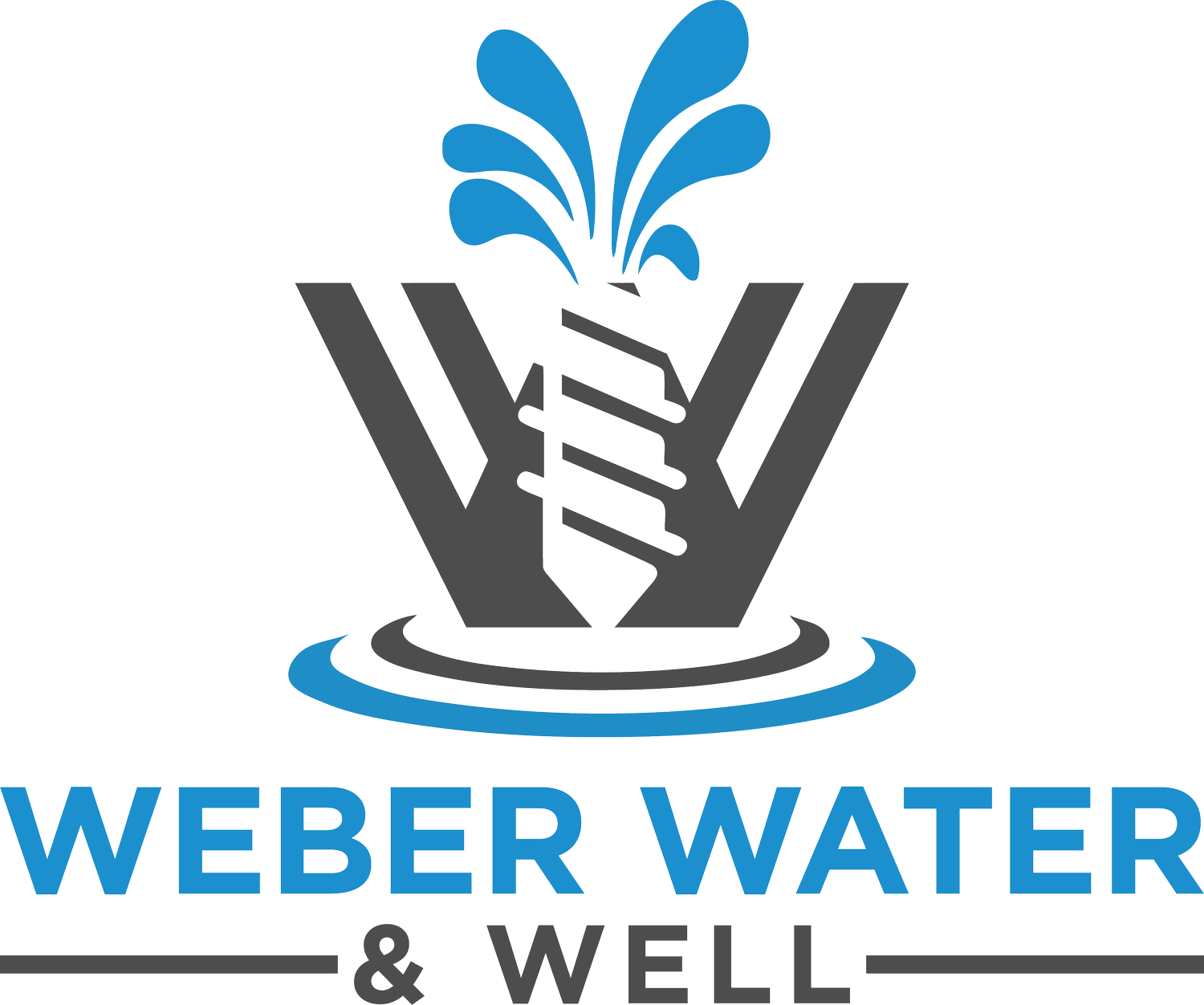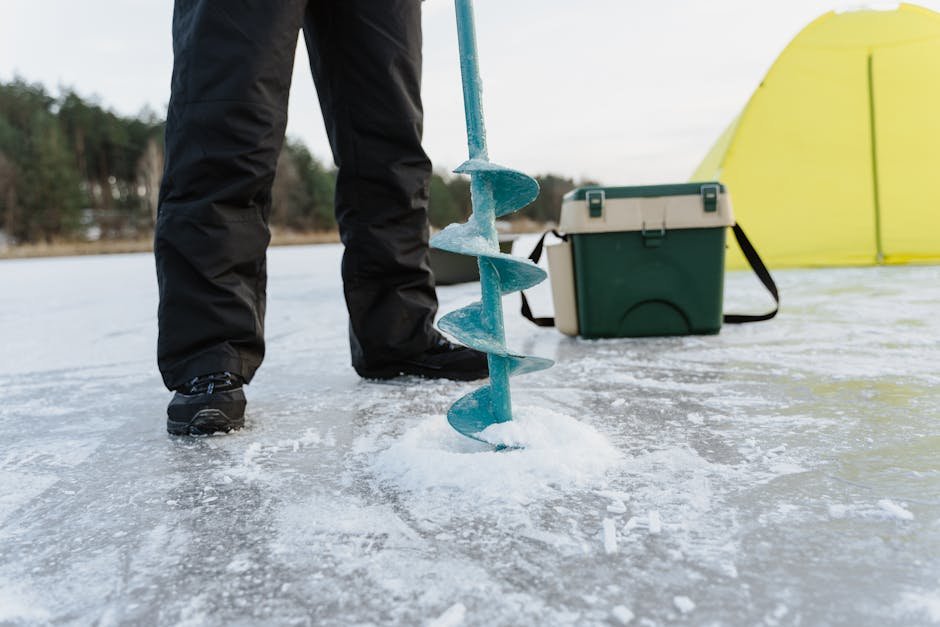How to Ensure Your Well Water's Purity with Foremost Drilling Techniques
Delving into the depths of well water purity reveals a journey of precision and innovation. Imagine the tranquility of crystal-clear water flowing freely from your well, untouched by contaminants. This is the promise of foremost drilling techniques. From water quality testing to sustainable sourcing, every drop is a testament to meticulous care and expertise.
Exploring the Importance of Water Quality Testing
Water quality testing stands as the foundational cornerstone in the realm of ensuring well water purity. The significance of this process cannot be overstated, as it serves as the initial step towards understanding the composition of the water. Through rigorous testing protocols and advanced analytical tools, contaminants are identified, paving the way for targeted mitigation strategies.
Moreover, water quality testing provides invaluable insights into the overall health of the well and its surrounding aquifer. By monitoring key indicators such as pH levels, turbidity, and microbial presence, potential risks to water purity are proactively managed. This proactive approach underscores the critical role of testing in safeguarding both well water and public health.
Furthermore, the data gathered from water quality testing serves as a guiding beacon for subsequent drilling endeavors. Armed with a comprehensive understanding of the water composition, drilling techniques can be tailored to optimize well performance and longevity. Thus, water quality testing acts as a linchpin in the quest for pure and sustainable water sources.
In essence, water quality testing epitomizes the meticulous attention to detail that characterizes foremost drilling practices. It is a testament to the commitment to excellence and a proactive stance towards ensuring the purity and safety of well water. Through this lens, water quality testing emerges as a vital cog in the machinery of water resource management and conservation.
Understanding the Role of Drilling Techniques in Water Well Safety
Drilling techniques play a pivotal role in not just accessing water sources but also in safeguarding their purity and sustainability. The selection of drilling methods, well design, and casing materials directly influence the integrity of the well system and its ability to protect against external contaminants.
One of the foremost considerations in drilling is the prevention of surface water seepage into the well. Proper casing and sealing procedures are essential to create a barrier that shields the water source from potential pollutants. This emphasis on containment underscores the commitment to maintaining water purity from the ground up.
Furthermore, drilling techniques contribute to enhancing well efficiency and longevity. By employing cutting-edge technologies such as directional drilling and geophysical surveys, drillers can pinpoint optimal locations for well construction, minimizing the risk of groundwater depletion or contamination. These advanced techniques elevate the standards of well safety and sustainability.
In essence, the role of drilling techniques extends beyond mere water extraction—it is a holistic approach to well construction and maintenance. Through meticulous planning and execution, drillers uphold the integrity of water sources and ensure that each well remains a beacon of purity and reliability. This synergy between technique and safety underscores the essence of responsible well drilling practices.
Maximizing Water Purity Through Innovative Drilling Practices
Innovative drilling practices serve as the vanguard in the quest for uncompromised water purity. By pushing the boundaries of conventional methods and embracing technological advancements, drillers can achieve unparalleled levels of precision and efficiency in well construction and maintenance.
One such innovation is the utilization of air rotary drilling, a technique that offers superior penetration rates and minimal disturbance to surrounding formations. This approach not only expedites the drilling process but also minimizes the introduction of contaminants, ensuring the pristine quality of the extracted water.
Additionally, advancements in downhole logging and imaging technologies have revolutionized the way drillers assess well conditions and integrity. By obtaining real-time data on geologic formations and well structures, potential risks to water purity can be promptly identified and mitigated, safeguarding the well from external threats.
The integration of innovative materials such as corrosion-resistant casings and grouting compounds further enhances the protective barriers around the well, fortifying its defenses against chemical leaching and microbial intrusion. These forward-looking practices underscore the unwavering commitment to maximizing water purity through state-of-the-art drilling solutions.
Ensuring Sustainable Water Sources with Foremost Drilling Approaches
Foremost drilling approaches pave the way for sustainable water management practices that resonate with ecological balance and long-term viability. By incorporating environmental considerations into drilling processes, drillers can ensure that water sources remain resilient and replenishable for future generations.
One key aspect of sustainable drilling is the emphasis on well siting and aquifer protection. By conducting thorough hydrogeological assessments and land surveys, drillers can identify optimal locations that minimize ecological impact and preserve natural water flow patterns. This strategic approach lays the foundation for sustainable water extraction practices.
Furthermore, the integration of water-saving technologies such as dual-well systems and pump efficiency optimization enhances the overall efficiency of water extraction operations, reducing waste and promoting responsible water usage. These sustainable practices foster a harmonious coexistence between water needs and environmental stewardship.
In essence, foremost drilling approaches not only ensure the purity of well water but also uphold the principles of sustainability and resource conservation. By aligning drilling techniques with ecological values and long-term vision, drillers play a pivotal role in safeguarding water sources for the well-being of both current and future generations.
A Pure Conclusion
In the realm of ensuring pristine well water, the pioneering spirit of foremost drilling shines bright. By embracing cutting-edge practices and unwavering dedication, the path to safeguarding water purity becomes clearer. Remember, with every drop of water, there lies a story of commitment to excellence and a quest for the purest essence of life.


